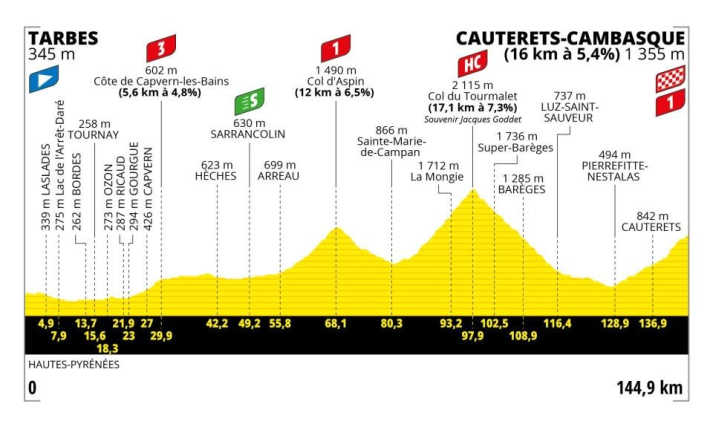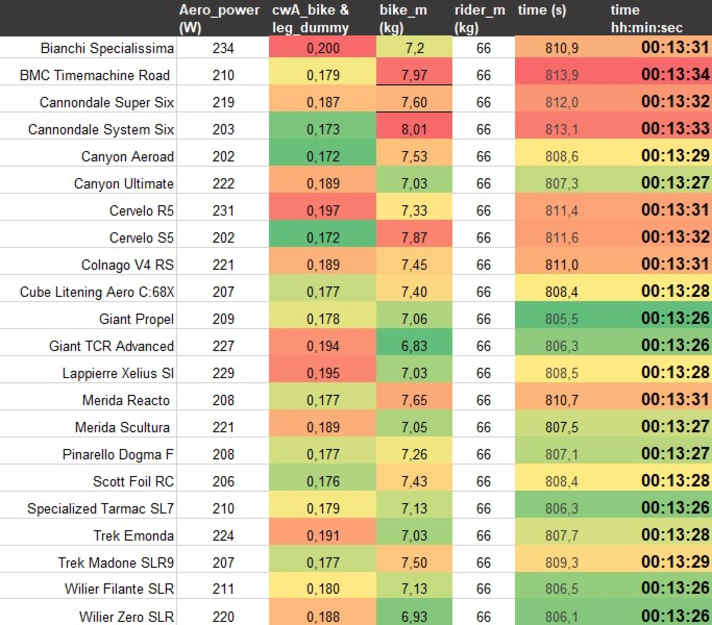
Tour de France 2023 - Stage 6: Tarbes - Cauterets-Cambasque | 144,9 Kilometres

An exchange of blows in the high mountains is on the agenda at the Tour de France 2023. The most prominent mountain of the day is the Tourmalet, which is climbed after two thirds of the stage. From the summit, however, it is still a long 47 kilometres to the finish, the mountain finish in Cauterets-Cambasque. Headwinds are possible in the valley before the final climb, and the final climb itself is relatively easy except for the final kilometers, which are steeper. The GC favorites will probably not attack each other on the Tourmalet, but will keep the pace there so high that escapees have no chance. If that happens, the race will come down to a short battle between the favorites in the final kilometers of the final climb.
Which bike would be the right one for this? Tadej Pogacar has no choice, his Colnago V4 RS is set. The mechanics are trying to bring his machine even closer to the 6.8 kilogram minimum weight with some upgrades such as tuning rings and lighter brake discs with carbon fiber spiders. We have not yet had the bike tuned in this way on the scales, but we estimate the margin through these measures to be relatively small. Jonas Vingegaard, on the other hand, has a choice: S5 or R5? Mountain machine or aero flounder? Jumbo-Visma is also open to further experimentation.
Vingegaard started the first stage with a 1x12 drivetrain, which saves weight and provides an aero advantage of about three watts. We simulate the final climb to answer the question of which GC bike is faster for todays finale. The analysis reveals a tiny mathematical advantage for the R5 of two tenths of a second over the S5. Tadej Pogacar’s Colnago is four tenths faster than the R5.
So the potential material effects for the final kilometres of the final climb on stage 6 of the 2023 Tour de France are small. The legs will be the deciding factor for the duel Pogacar versus Vingegaard and not the material.
Number of the day: 8 seconds
In our scenario there are eight seconds between the slowest and the fastest bikes in the peloton for the scenario under consideration. Especially heavier bikes leave some seconds behind.
The (almost) entire field at a glance

*) The calculations are based on the bikes tested by TOUR in the laboratory and wind tunnel. The bikes at the Tour de France may differ in details. Of course, we have not yet been able to examine last-minute prototypes either.
Our Expert

Robert Kühnen studied mechanical engineering, writes for TOUR about technology and training topics and develops testing methods. Robert has been refining the simulation calculations for years, they are also used by professional teams.
